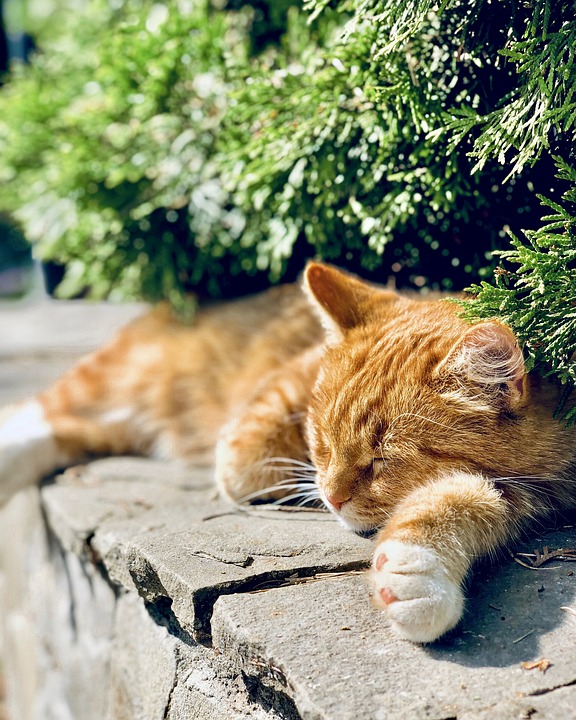Maintaining a healthy weight is crucial for cats to ensure their overall well-being and longevity. Obesity in cats can lead to a variety of health problems, including diabetes, joint issues, and heart disease. However, simply relying on a scale to determine if a cat is overweight is not enough. Assessing body condition goes beyond just the numbers on the scale. In this article, we will explore the importance of assessing body condition in overweight cats and provide guidance on how to do so effectively.
Understanding the Impact of Excess Weight:
The health risks associated with obesity in cats are significant. Excess weight can lead to diabetes, joint issues, and heart disease, among other problems. It can also have a negative impact on a cat’s quality of life, as they may experience difficulty moving, playing, and grooming themselves. Assessing body condition is crucial to identify these risks and take appropriate action.
The Limitations of Scale Measurements:
While weighing a cat can provide some insight into their weight, it does not tell the whole story. Body composition plays a critical role in a cat’s health. Muscle mass, for example, can affect overall health and weight management. Focusing solely on weight can lead to inaccurate assessments of a cat’s body condition.
Assessing Body Condition:
There are several methods for assessing body condition in overweight cats. Visual evaluation is a useful technique that involves identifying signs of an overweight cat through their appearance. This includes looking for a lack of a defined waistline, difficulty feeling the ribs, and a protruding belly. Understanding the ideal body shape and proportion is also important.
Palpation technique involves feeling for fat deposits and muscle tone. This technique allows for a more hands-on approach to assessing body condition. Areas to focus on during the examination include the ribcage, spine, and abdomen.
Body condition scoring is another effective method for assessing body condition. It utilizes a standardized scoring system to evaluate a cat’s body condition. Different scoring systems are available, and each has its benefits. Consulting with a veterinarian can help determine the best scoring system for accurate assessments.
Working with a Veterinarian:
A veterinarian plays a crucial role in assessing and managing a cat’s body condition. They have the expertise and experience to accurately evaluate a cat’s weight and body composition. Regular check-ups and professional guidance are essential for maintaining a cat’s optimal body condition.
FAQs:
– How can I tell if my cat is overweight? Look for signs such as a lack of a defined waistline, difficulty feeling the ribs, and a protruding belly. Consulting with a veterinarian for a professional evaluation is recommended.
– Can cats lose weight too quickly? Rapid weight loss in cats can lead to serious health issues. Gradual and controlled weight loss under veterinary supervision is safer and more sustainable.
– Are certain cat breeds more prone to obesity? While any cat can become overweight, certain breeds, such as the Maine Coon and the Ragdoll, have a higher predisposition to obesity. Regular monitoring is crucial for these breeds.
– How can I help my overweight cat lose weight? Feeding a balanced, portion-controlled diet, promoting exercise, and engaging in interactive play sessions can aid in weight management. Consulting with a veterinarian for a tailored weight loss plan is recommended.
– Can I use body condition scoring on my own at home? While it is possible to learn and practice body condition scoring at home, it is advisable to consult with a veterinarian for accurate and reliable assessments.
Conclusion:
Assessing body condition in overweight cats is an essential step towards their overall health and well-being. By going beyond just the numbers on the scale, we can better understand their body composition and take appropriate measures to manage their weight effectively. Regular veterinary check-ups, a balanced diet, and engaging in physical activities are all crucial components of maintaining a healthy body condition for our feline companions. Remember, a healthy cat is a happy cat!








